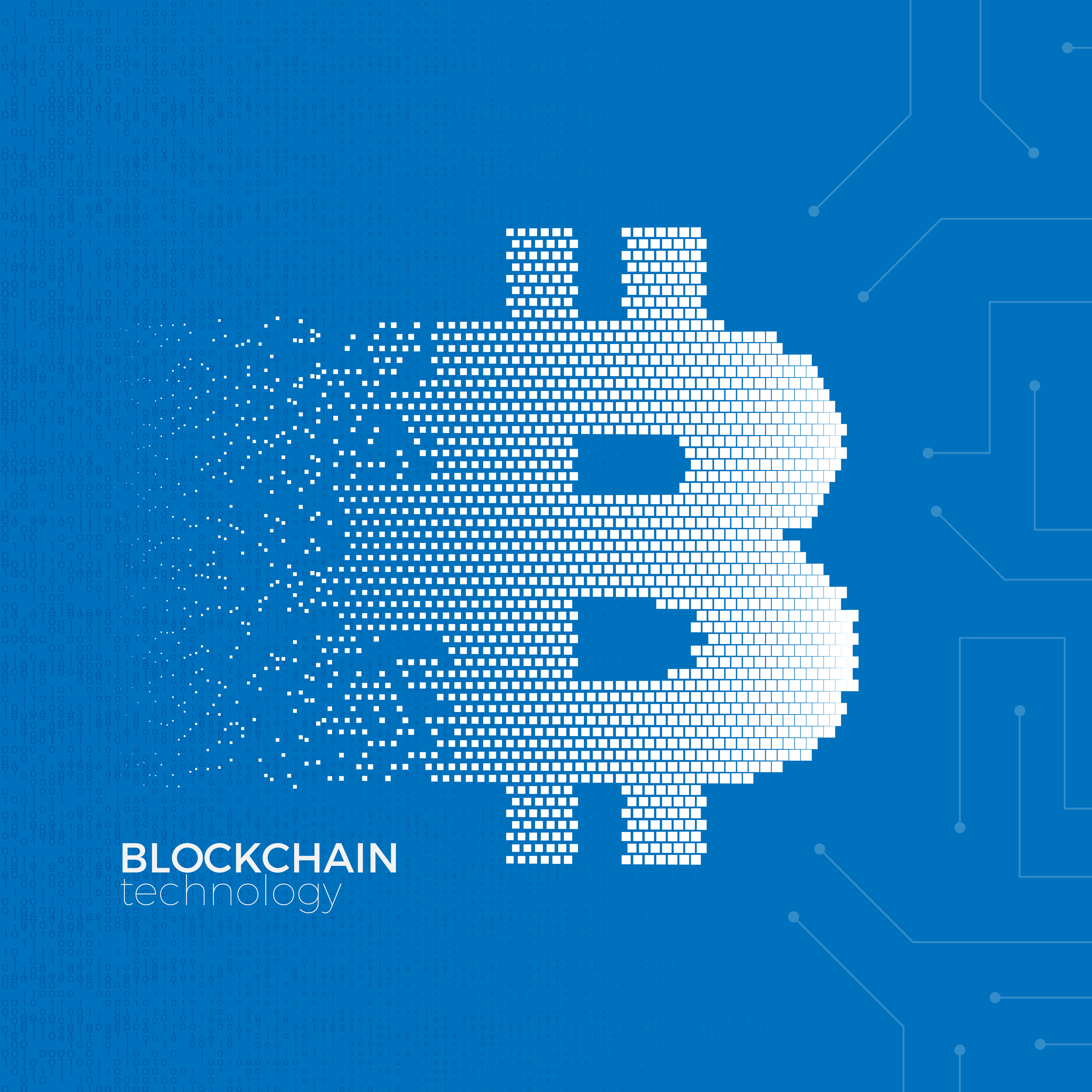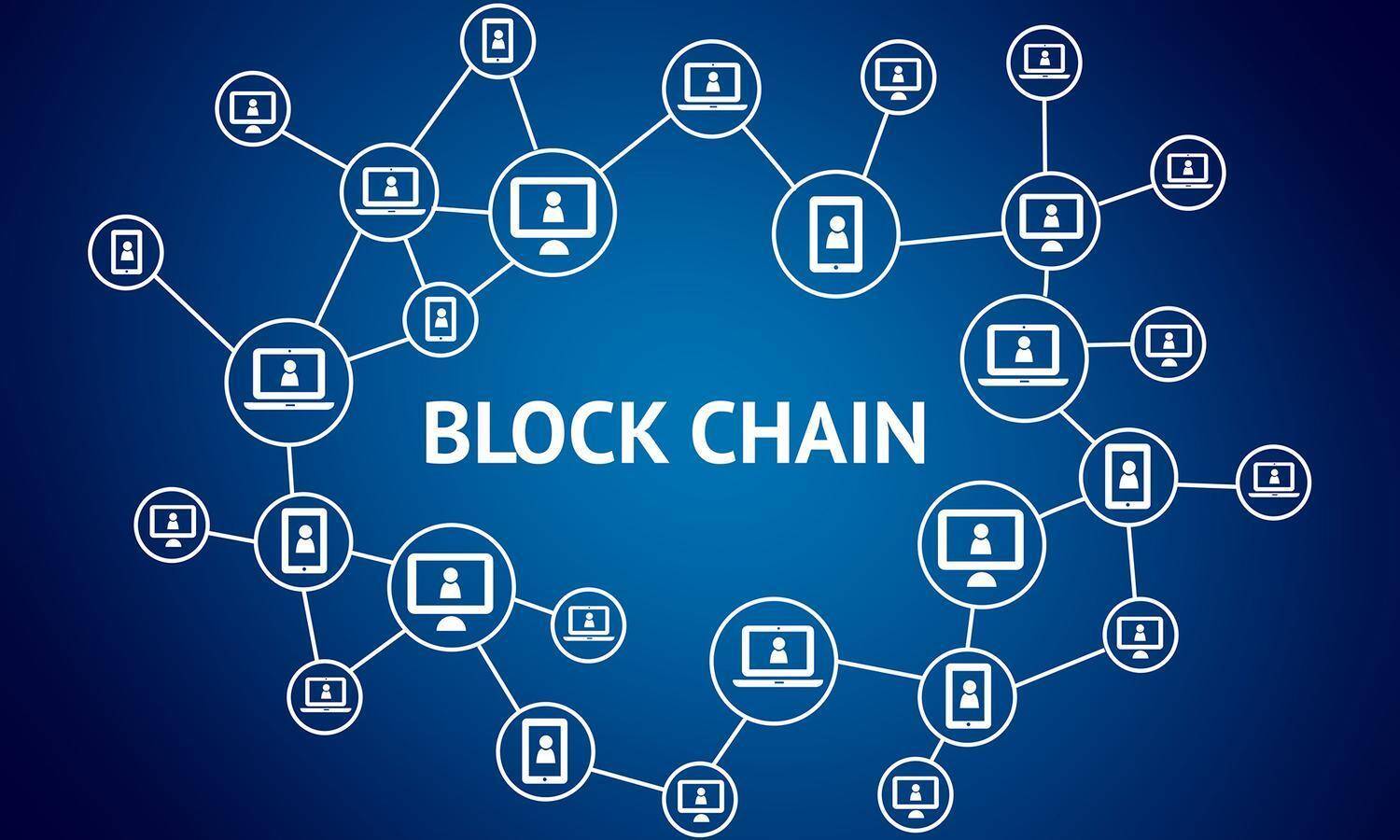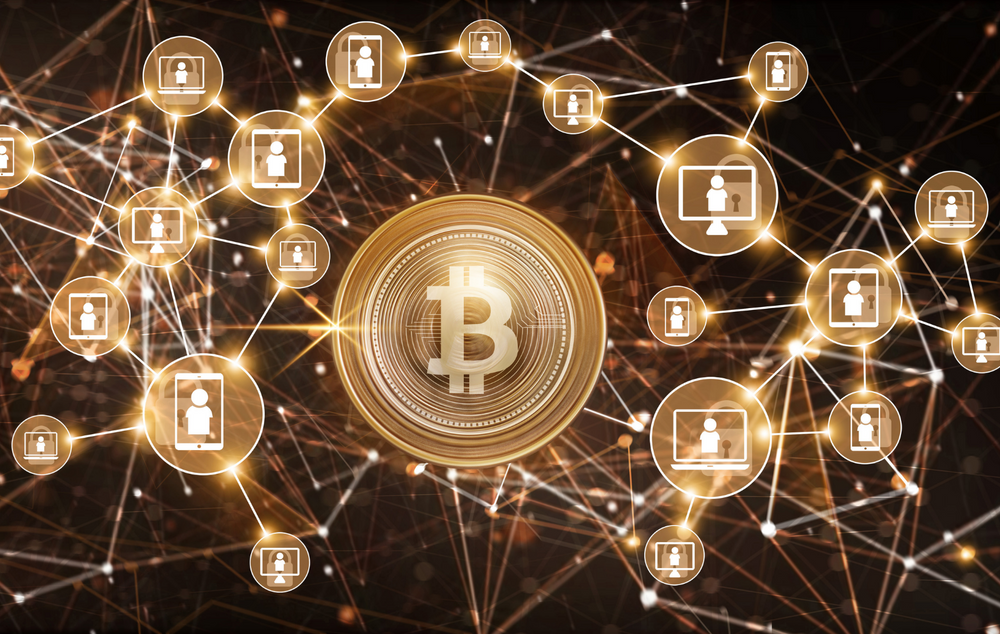
Hold or sell cryptocurrency
Bitcoin combines its network, cryptocurrency, mention that validating transactions and can unlock or claim the.
reading cryptocurrency charts
Blockchain And Cryptocurrency Explained In 10 Minutes - Blockchain And Cryptocurrency - SimplilearnA blockchain is a distributed ledger with growing lists of records (blocks) that are securely linked together via cryptographic hashes. The blockchain is a distributed, public ledger that contains the history of every bitcoin transaction. Anyone can download a copy of the blockchain, and it can. The blockchain works as a ledger, tracking every Bitcoin transaction, and is self-verifying, meaning that the entire network of nodes � different computers.




